Purchase any WEBINAR and get
10% Off
Validity : 19th Apr'24 to 29th Apr'24
The FDA continues to change its import program to better manage new problems and to use new procedures to make the process more efficient. The FDA and U.S. Customs and Border Protection (CBP) now require the use of computers to submit entry data. The programs interact in real time. When and how you manage the computer programs, makes a significant difference in the success of your import operations and net profits. When you get into trouble, you must know what to do. Time is not on your side and FDA’s decision cannot be appealed.
FDA’s import and export programs are complex, detailed and undergo changes without notice to the public. The FDA’s and CBP’s new import and enforcement program operates with remarkably efficient software systems that can leave a firm scrambling for a resolution and end up suffering the expensive consequences of a detention. The information data base used by the FDA includes extensive information from foreign suppliers. If that is not in order, your shipment will not be permitted entry, in some cases even before the products can be loaded onto the vessel or before it arrives at the port.
Foreign establishments are subject to the same manufacturing regulations as U.S. firms. There are inherent problems with foreign commerce, such as language and cultural differences. If a foreign firm’s manufacturing operation or its products fail any criteria, a detention, or even worse, a refusal becomes your next crisis. If your product is detained, you must now how to try and resolve the problem with the FDA. You have only ten days to figure out your plan and have FDA agree, which as not a given. On day 11, your product must either be destroyed or exported.
FDA offers special programs to automatically release entries provided pre-qualification criteria are met. This is especially valuable to importers of perishable goods.
Import/export requirements can be confusing and costly if you do not understand the legal requirements. You need clarity, accurate knowledge and solid business procedures to succeed.
AGENDA
|
Day 1 (8:30 AM – Registration) |
Day 02 (9:30 AM - 4:00 PM) |
|
Morning (9:00 – 12:00 PM)
Coffee Break in session |
Morning (9:30 AM – 12:00 PM)
Coffee Break in session |
|
Lunch 12:00 PM – 1:00 PM |
Lunch 12:00 PM – 1:00 PM |
|
Afternoon (1:00 PM – 4:30)
Coffee Break in session |
Afternoon (1:00pm – Onwards)
Coffee Break in session |
|
End of Day |
End of Seminar |
Location: Chicago, IL
Venue: To be Decided
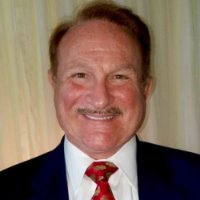
Casper (Cap) Uldriks, through his firm “Encore Insight LLC,” brings over 32 years of experience from the FDA. He specialized in the FDA’s medical device program as a field investigator, served as a senior manager in the Office of Compliance and an Associate Center Director for the Center for Devices and Radiological Health. He developed enforcement actions and participated in the implementation of new statutory requirements. His comments are candid, straightforward and of practical value. He understands how FDA thinks, how it operates and where it is headed. Based on his exceptionally broad experience and knowledge, he can synthesize FDA’s domestic and international operational programs, institutional policy and thicket of legal variables into a coherent picture. Professional credentials: JD – Suffolk University, licensed in Massachusetts and the District of Columbia; M.Div in psychology – Boston University with internship through Harvard University.
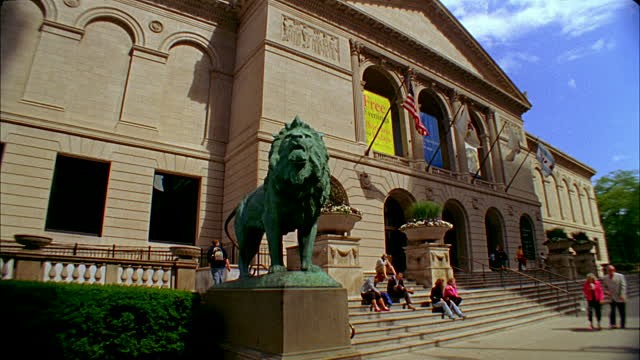 Art Institute of Chicago: The Art Institute of Chicago, founded in 1879 and located in Chicago's Grant Park, is one of the oldest and largest art museums in the United States. Recognized for its curatorial efforts and popularity among visitors, the museum hosts approximately 1.5 million guests annually.
Art Institute of Chicago: The Art Institute of Chicago, founded in 1879 and located in Chicago's Grant Park, is one of the oldest and largest art museums in the United States. Recognized for its curatorial efforts and popularity among visitors, the museum hosts approximately 1.5 million guests annually.
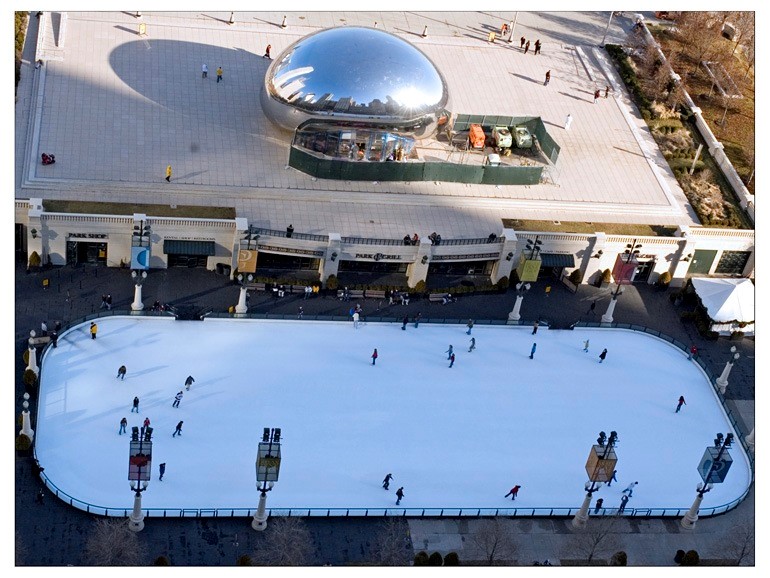 McCormick Place: McCormick Place is the largest convention center in North America. It consists of four interconnected buildings and one indoor arena sited on and near the shore of Lake Michigan, about 2 mi south of downtown Chicago, Illinois, United States. McCormick Place hosts numerous trade shows and meetings.
McCormick Place: McCormick Place is the largest convention center in North America. It consists of four interconnected buildings and one indoor arena sited on and near the shore of Lake Michigan, about 2 mi south of downtown Chicago, Illinois, United States. McCormick Place hosts numerous trade shows and meetings.
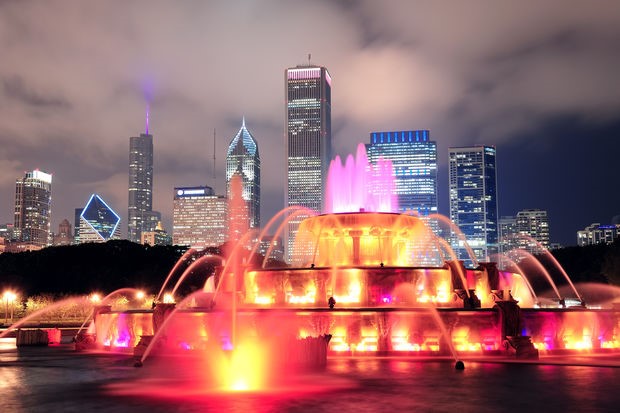 Buckingham Fountain: Buckingham Fountain is a Chicago landmark in the center of Grant Park. Dedicated in 1927, it is one of the largest fountains in the world. Built in a Rocky rococo wedding cake style and inspired by the Latona Fountain at the Palace of Versailles, it is meant to allegorically represent Lake Michigan.
Buckingham Fountain: Buckingham Fountain is a Chicago landmark in the center of Grant Park. Dedicated in 1927, it is one of the largest fountains in the world. Built in a Rocky rococo wedding cake style and inspired by the Latona Fountain at the Palace of Versailles, it is meant to allegorically represent Lake Michigan.
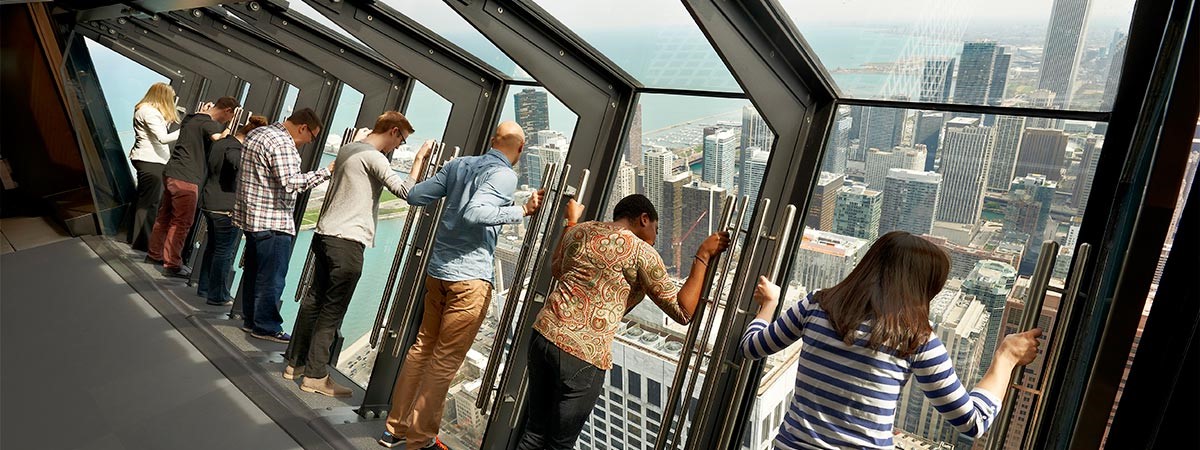 360 Chicago: Observatory on the 94th floor of the John Hancock Building with a tilting glass lookout 1000 ft. up.
360 Chicago: Observatory on the 94th floor of the John Hancock Building with a tilting glass lookout 1000 ft. up.